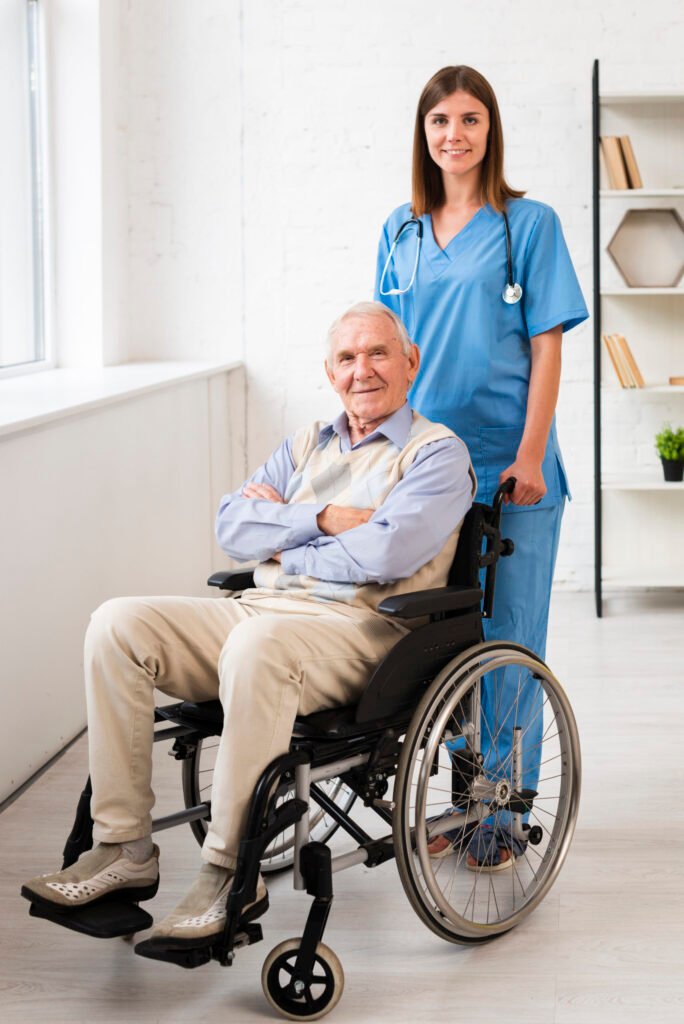Paralysis treatment encompasses a multidimensional approach aimed at restoring function and improving the quality of life for individuals affected by paralysis, a condition characterized by the loss of muscle function. The primary focus of paralysis treatment involves rehabilitation therapies, such as physical and occupational therapy, to enhance muscle strength, flexibility, and coordination. Cutting-edge technologies, such as robotic exoskeletons and neurostimulation devices, are increasingly being employed to stimulate neural pathways and promote motor function recovery.
Additionally, pharmaceutical interventions and experimental treatments, such as stem cell therapy, hold promise in addressing the underlying causes of paralysis and promoting neural regeneration.
The emotional and psychological aspects of paralysis are also addressed through counseling and support services, recognizing the profound impact on mental well-being. As research advances, personalized treatment plans tailored to the specific cause and severity of paralysis continue to evolve, offering hope for improved outcomes and increased independence for those affected by this challenging condition.
Benifit of Paralysis
The benefits of paralysis treatment extend far beyond the restoration of physical mobility, encompassing improvements in both the individual’s physical and mental well-being. Primarily, paralysis treatment aims to enhance or regain motor functions, allowing individuals to regain independence and engage in activities of daily living. Physical therapy, assistive devices, and innovative medical interventions contribute to rebuilding strength, coordination, and range of motion.
Psychological benefits also accompany paralysis treatment, addressing the emotional and mental challenges that often arise. Rehabilitation programs offer a supportive environment, fostering resilience, self-esteem, and a sense of accomplishment.
Additionally, advancements in research and technology continue to drive innovations in paralysis treatment, offering hope for more effective and comprehensive solutions. Ultimately, the multifaceted benefits of paralysis treatment extend beyond physical restoration, encompassing emotional well-being, social reintegration, and a renewed sense of purpose for individuals on their journey towards recovery.

Paralysis F&Q's
Paralysis can result from various factors, including traumatic injuries, spinal cord damage, stroke, neurological disorders (such as multiple sclerosis), infections, or congenital conditions. The loss of motor function occurs when communication between the brain and muscles is disrupted.
The permanence of paralysis depends on the underlying cause and extent of damage. While some cases may be temporary and improve with rehabilitation, others, especially those involving severe spinal cord injuries or certain neurological conditions, may result in permanent paralysis.
Treatment approaches for paralysis vary and may include physical therapy, occupational therapy, medications, assistive devices, and, in some cases, surgical interventions. Emerging technologies and research, such as neural rehabilitation and exoskeletons, also show promise in enhancing recovery.
Rehabilitation is crucial in paralysis recovery as it focuses on restoring and enhancing physical functions. Physical therapists work with individuals to improve strength, flexibility, and coordination, while occupational therapists help with daily activities to promote independence and a higher quality of life.
Yes, paralysis can have significant effects on mental health. Individuals may experience emotional challenges, including depression, anxiety, and a sense of loss. Rehabilitation programs often incorporate psychological support to address these issues and promote mental well-being throughout the recovery process.
Ongoing research and technological advancements are continually expanding the possibilities for paralysis treatment. This includes developments in neural interfaces, stem cell therapies, and robotics. These innovations hold the potential to further improve outcomes and provide new avenues for individuals with paralysis to regain function and independence.
